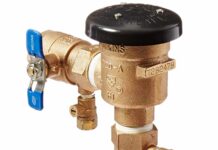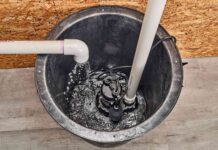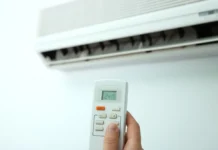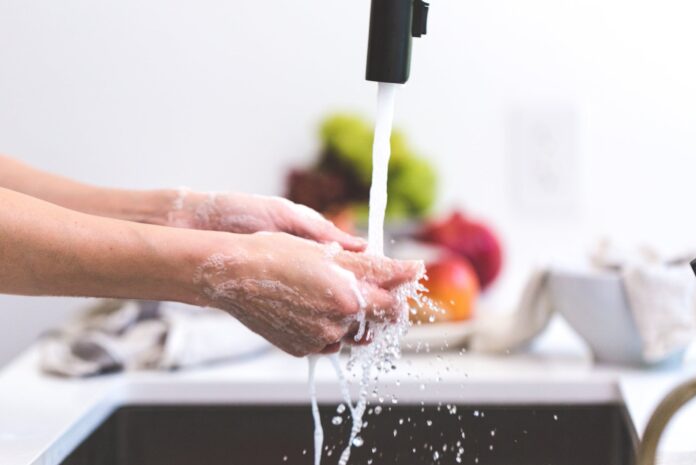
Let us go back in time to the days your Science teacher sang out the cliché, “Everything under the sun is Science”, and we all thought it was a way of trying to force you to concentrate in class. Come to think of it, there is some truth in that statement because apparently, we come across Science day in and out. But scratch that; let’s talk about water, one of the most important chemical compounds to life’s existence.
Well, more often than not, the water we get from the tap is not fit for drinking. It could be clean and treated but it may also have picked up some contaminants along the way. Needless to consult microbiology and environmental biology, some of these contaminants might as well be disease-causing agents.
Apart from being a potential harbor of waterborne parasites and pathogens, household water may also contain toxic chemicals and minerals such as silver, arsenic, and mercury, some of which are a leading cause of water intoxication and a wide range of other health problems such as skin disease and cancer. To avoid the numerous health hazards associated with unclean water, it’s important to ensure that household water is purified as it gets into your home. Below, we’ll take a look at some ways to clean all water entering your home.
1. Install a filtration system
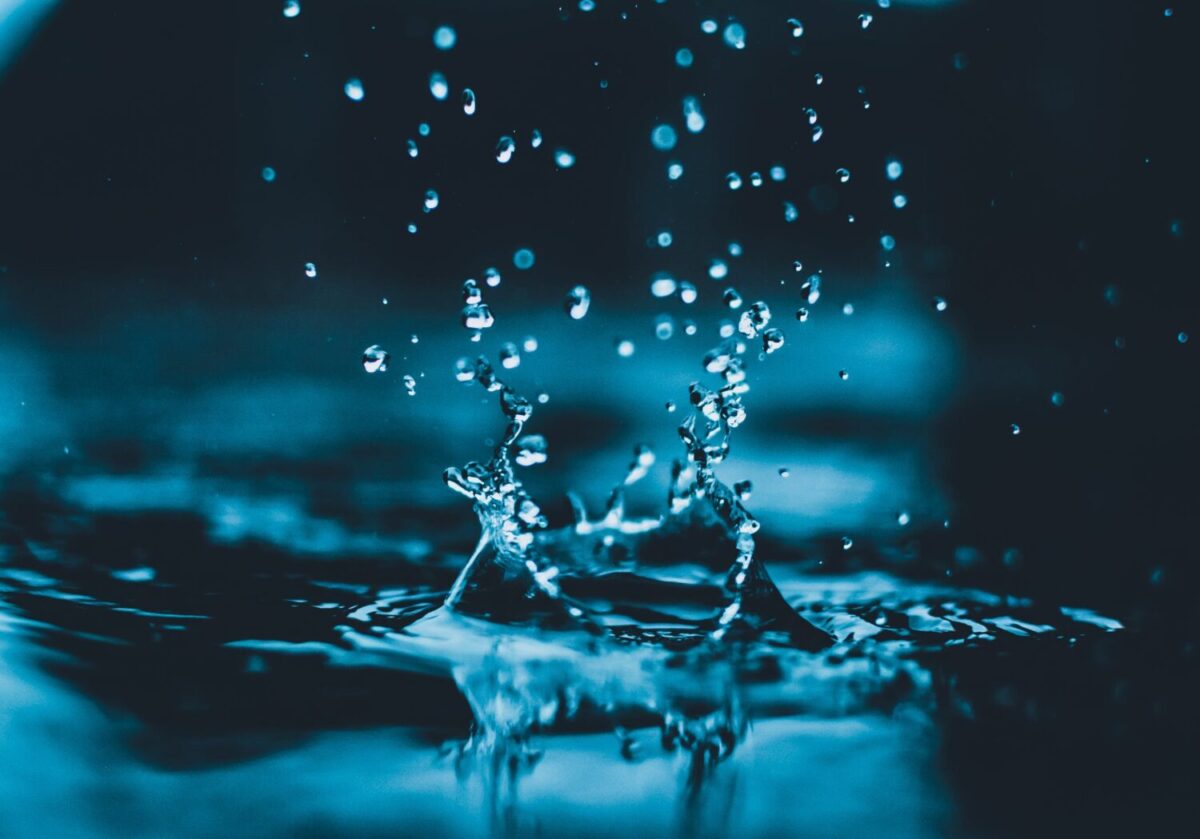
This was the most experimented method of cleaning water in a lab setting, where you put water in a jar and wait for it to settle. The particles go down and you are left with clean water at the top. In our homes, however, it might be slightly different but with the same concept. It is achieved by installing a water filter in your home. The water filter is designed to remove impurities and pollutants using a chemical reaction, physical barrier, or a biological process.
This can remove specific contaminants from the water, making it safer for drinking and other household uses. In most cases, you’ll also end up with water that smells and tastes better. While some prefer to buy filtered bottled water, it is more economical to install a filtration system in your home.
Now, there are many types of water filtration systems in the market. If you need to clean all water entering your home, a whole-house water filter would be the best option. It ensures that all water entering your home is cleaned before being distributed to various outlets, including faucets, showers, and household appliances.
Certain water filtration systems also allow you to remove water hardness, making them a great pick if you live in an area with hard water. With a good water filter, you can say goodbye to unsafe drinking water, water hardness stains, and water-related skin dryness.
2. Consider a water softener
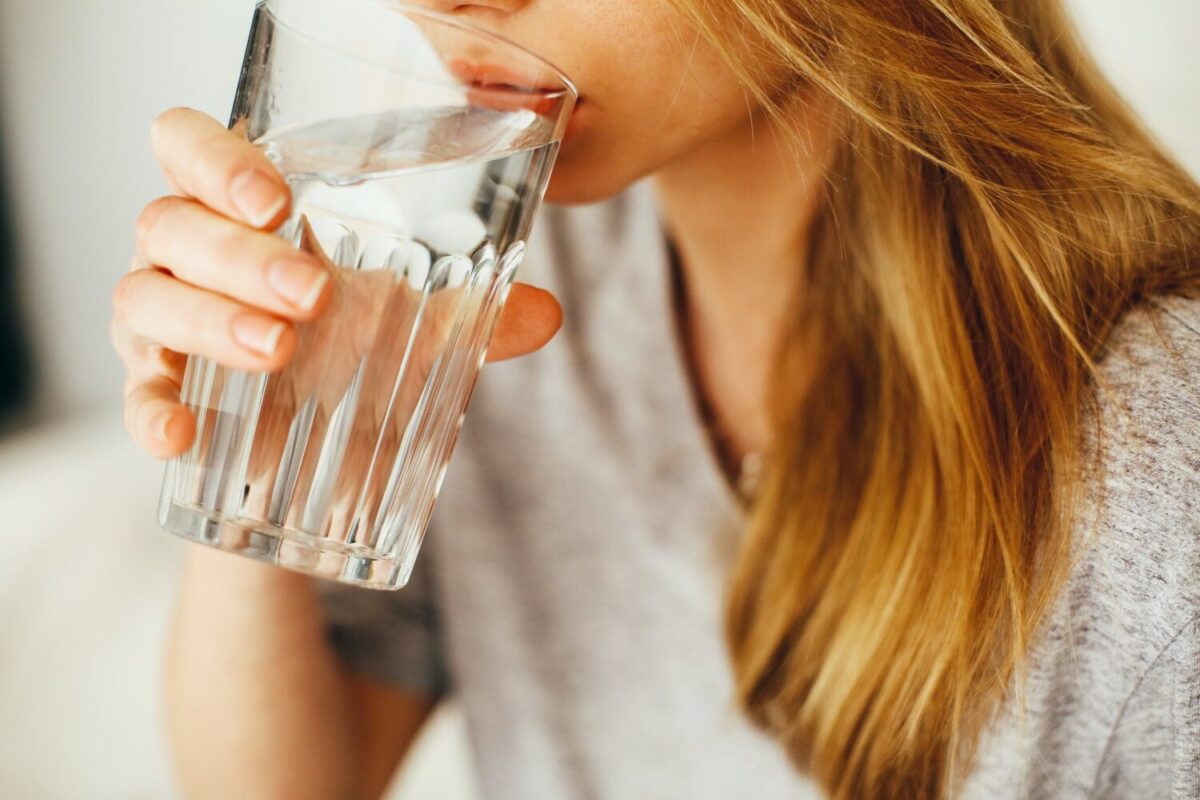
As we mentioned earlier, water hardness is a common issue faced by many households. Well, basically, hard water is water in which the mineral and salt concentration is a bit higher than usual. In most cases, hard water requires a lot of soap to lather, making it a bit tedious to use for household cleaning tasks. This is caused by the presence of calcium and magnesium ions at higher levels.
Hard water is also known to reduce the lifetime of heating appliances since it tends to leave a residue as these ions crystallize. Apart from this, hard water also tastes horrible and may lead to cosmetic issues such as skin and hair dryness. A water softener works to remove this water hardness by reducing the concentration of these calcium and magnesium ions in water. If installed at the point of entry, it can help ensure that the water circulating in your home is cleaner and softer.
3. Install a distillation system
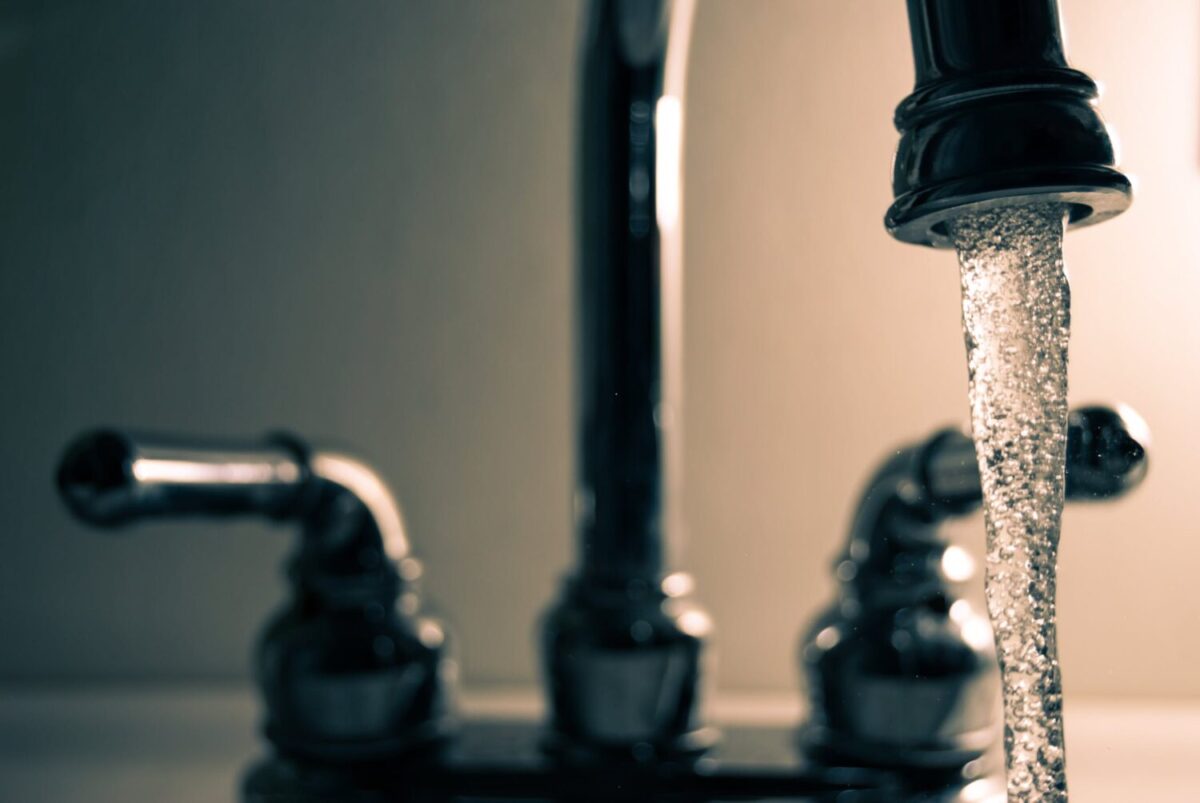
Distillation involves boiling impure water and trapping the steam or vapor in a separate container for condensation, leaving the impurities behind. When this vapor is condensed, it returns to its liquid state, now free of contaminants like pathogens, heavy metals, and minerals. This is basically how a water distiller works in water purification.
It can be a tedious process of purification but it is a sure bet, considering that boiling water is among the most effective ways to purify it. A water distillation system can be a perfect way to clean and purify water, especially for drinking.
4. Disinfection
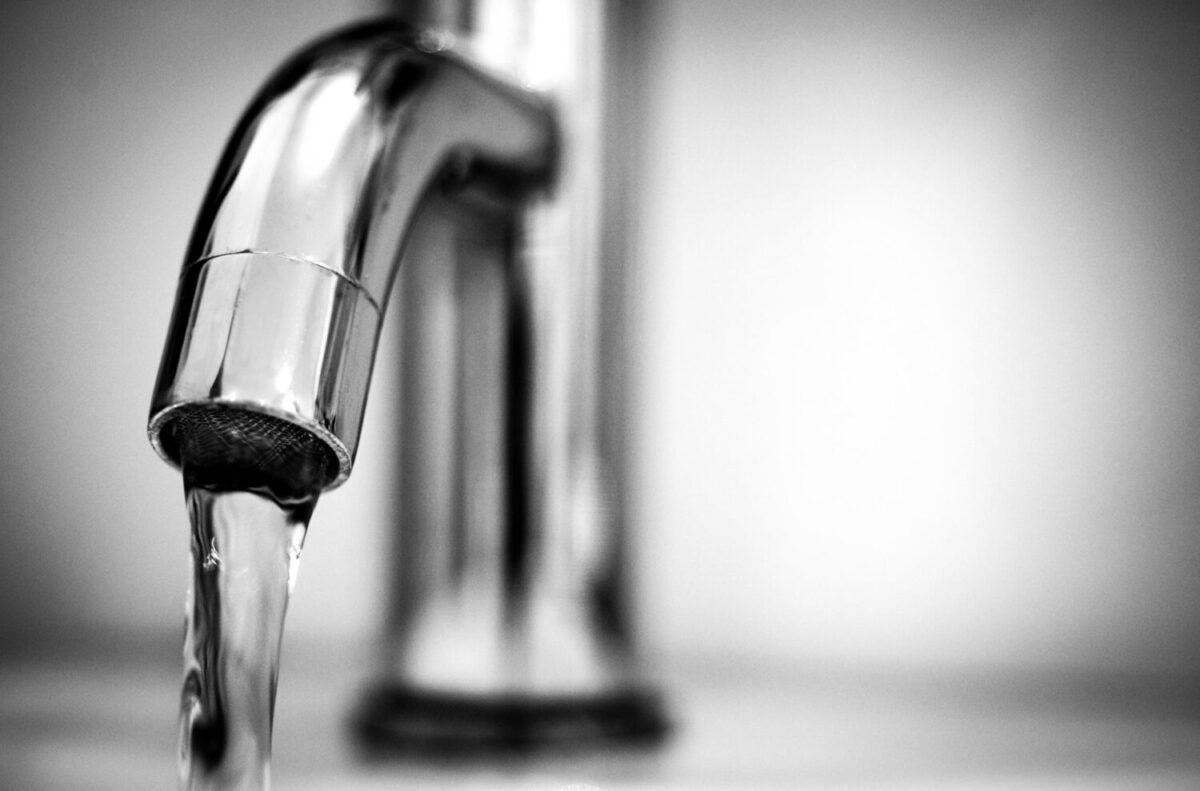
When you hear the word disinfectant, what comes to your mind? The chemical solutions we use in water to kill germs so that we can take a shower comfortably without worrying about skin infection, right? Well, it’s nothing different in this case, only to add that water disinfection can either be a physical or chemical process.
In the former, heat, electronic radiation, or ultraviolet light is used in purification, whereas in the latter, a specific amount of a chemical compound such as chlorine, chlorine dioxide, iodine, or ozone is added to the water. Disinfection can be a great way to treat and clean your water, especially if it passes through an outside reservoir before entering your home.
5. Flush your plumbing
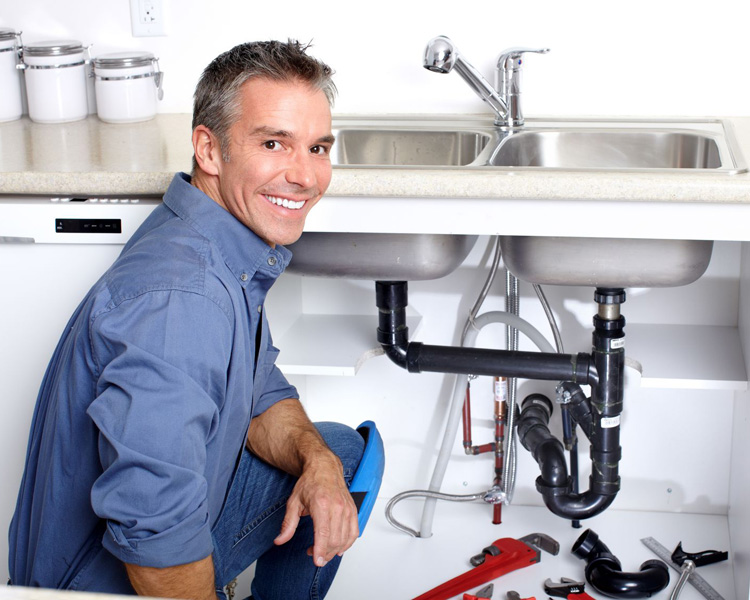
Last but not least, flushing your plumbing can also help to ensure the water entering your home is cleaner and healthier. Flushing basically involves letting the water run undisturbed through your pipes for a few minutes to “flush” off any residues or debris sitting along the waterways. In most cases, only 5 minutes can be enough but for hot water pipes, at least 15 minutes of flushing is recommended. You may also want to flush your household appliances such as ice makers, dishwashers, water filters, washing machines, softeners, and humidifiers.
The above concepts are not rocket science. They are things we can easily do by ourselves at home. Ensuring a clean supply of water in your home is one of the first simple steps towards ensuring better health for your family. By doing so, you’ll keep waterborne pathogens such as amoeba, giardia, viruses, and bacteria at bay while preventing water toxicity. You’ll also improve the taste, smell, and overall quality of water by getting rid of chemical contaminants and minerals that affect the functioning and durability of household appliances.

